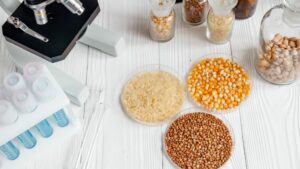If there’s one thing worse than disease in the field, it’s pests. Seedborne pests appear across the globe, and the more difficult task the seed industry has is identifying what diseases and pests are actually seedborne and what aren’t.
“There’s a large number of countries regulating pathogens as seedborne, and they aren’t actually proven to be caused from the seed,” Ric Dunkle, senior director of seed health and trade for the American Seed Trade Association (ASTA), said in a previous interview. “We’ve been looking into whether or not seed can be a pathway for some of these pests and diseases, and then we relay that information to the governments. Sometimes the seed species isn’t a host, and sometimes the seed isn’t a pathway. If it isn’t associated with the seed, then there isn’t a need to do seed testing for that pathogen or pest.”
On May 4, ASTA announced a new database for use within the seed industry developed by members called the Pest Database for Seeds (PeDS). PeDS currently contains technical and scientific information on over 400 pests of phytosanitary concern to ASTA members that have impacted the movement of seed globally.
“The information contained within the database serves as a useful tool to the industry as it enables companies and other stakeholders to be aware of potential phytosanitary certification issues they could face in certain countries,” ASTA says in a release. “ASTA also uses the information to work through the USDA and other partners to encourage countries to remove technically unjustified phytosanitary regulatory requirements.”
To access the database, click here. A training video can be accessed here.













